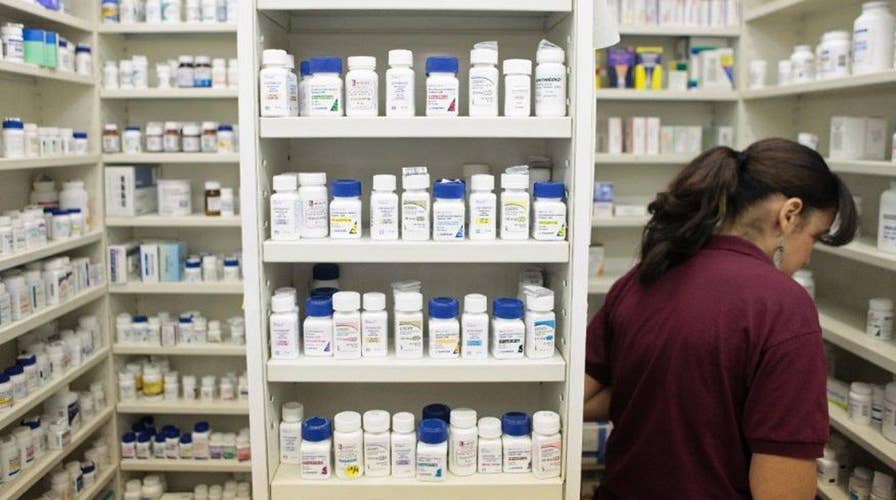Gingrich, Kennedy join fight against opioid abuse
Urge action against epidemic that claimed more lives in 2015 than gun violence
One-fifth of young adult opioid abusers in Rhode Island tried at least once - but failed - to get treatment to break their dependency on prescription narcotics, a new study finds.
Another half of the painkiller users in the study never even attempted to enroll in a substance-use treatment program, the report found.
"Nine in 10 young people who would benefit from addiction treatment are not accessing it," senior author Brandon Marshall, an epidemiologist at the Brown University School of Public Health in Providence, Rhode Island, said in a phone interview. "We need to make sure that when a young person does seek that treatment, it's available."
Marshall and colleagues studied 200 Rhode Island 18- to 29-year-olds who had used prescription opioids for nonmedical reasons in the past month.
Slightly more than half the participants had once been homeless. But the vast majority, more than 87 percent, had health insurance. Rhode Island has one of the highest insurance coverage rates in the nation, according to the report in Substance Abuse Treatment, Prevention, and Policy.
Nonetheless, more than half the opioid abusers who tried but failed to enroll in treatment programs told interviewers that their health insurance denied them access. Another 40 percent reported being unable to enroll because they could not afford it.
The biggest barrier for those who were turned away from treatment was waiting lists.
Propelled by prescription painkiller abuse, U.S. deaths from drug overdoses hit a record in 2014, increasing to 47,055, which was a 6.5 percent rise from the year before, according to the Centers for Disease Control and Prevention.
Dr. Caleb Alexander, co-director of Johns Hopkins Center for Drug Safety and Effectiveness in Baltimore, described the new study results as "quite concerning" in a phone interview.
"This study is another reminder of the profound gap that exists between the demand and the supply for services for the treatment of opioid addiction," he said.
"This isn't just a lack of insurance, though that matters. This is also about issues of distrust and stigma and structural barriers, like homelessness," said Alexander, who was not involved in the study.
A prior study found that long waiting lists were the most common barrier to drug and alcohol treatment for youth. Addicts considering treatment programs can wait more than two months in the U.S., the new study says.
Medication-assisted treatment with methadone, buprenorphine or naltrexone can effectively treat opioid-use disorders, the research team writes. But only 1 in 10 youth with substance-use disorder receives treatment.
"Barriers at many different levels are responsible for the incredible unmet need for the services," Alexander said. "The study shines a light on a problem that's been well described and underscores the serious work that has to be done to improve the accessibility of treatments for those with opioid-use disorders."
The U.S. Surgeon General last month issued a call to action to end the epidemic of substance abuse with a first-ever report he likened to the 1964 landmark report on smoking.
Since 2009, more Americans have died every year from prescription opioid overdoses than from car crashes. In 2015, more than 27 million Americans reported using illegal drugs or misusing prescription drugs.

